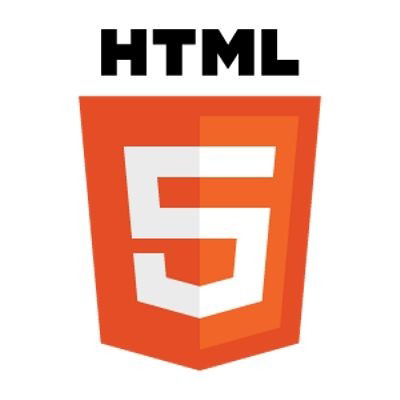HOW TO START PROGRAMMING
To start learning programming, follow these steps:
1. Choose a programming language: Begin with a beginner-friendly language like Python, which is widely used for its simplicity and versatility.
2. Set up your environment: Install a code editor (e.g., Visual Studio Code, PyCharm) and the necessary development tools for your chosen language.
3. Learn the basics: Start with fundamental concepts like variables, data types, and control structures (if statements, loops).
4. Practice coding: Write simple programs to reinforce your understanding of the basics.
5. Explore online tutorials and courses: There are numerous free and paid resources online, such as Codecademy, Coursera, edX, and YouTube tutorials.
6. Read books: Programming books and documentation are valuable resources. Look for titles like "Automate the Boring Stuff with Python" or "Eloquent JavaScript."
7. Join coding communities: Participate in forums, online communities, or coding meetups to seek help and connect with other learners.
8. Work on projects: Apply your knowledge by building small projects that interest you. This hands-on experience is crucial for learning.
9. Debug and problem-solve: Learning to fix errors and troubleshoot issues is an integral part of programming.
10. Keep learning: Technology evolves, so stay up-to-date with new languages and tools as your skills grow.
Remember, learning programming takes time and patience. Don't be discouraged by challenges; they are part of the learning process. Stay curious, practice consistently, and you'll make progress.




Comments
Post a Comment